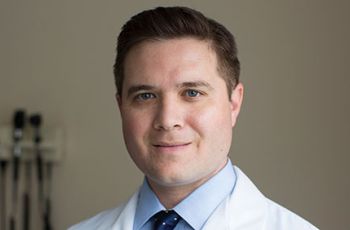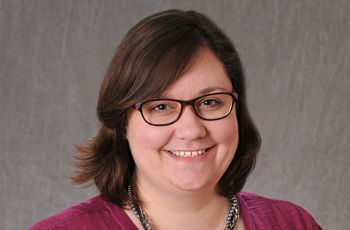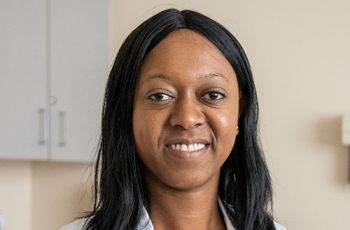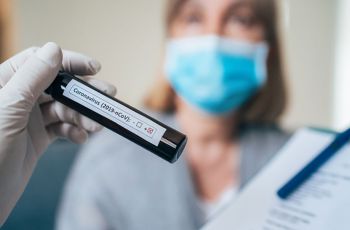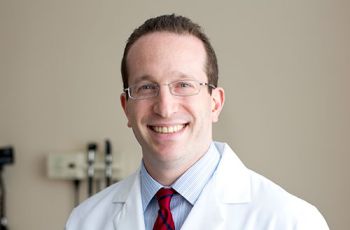Research News
A review recently published in JAMA Network Open suggests that environmental exposures like air pollution and heat are associated with adverse pregnancy outcomes, such as preterm birth, low birth weight, and stillbirth.
A recent survey published in AJOB Empirical Bioethics suggests that a physician's behavior on social media may have an impact on patient trust.
The George Washington University (GW) School of Medicine and Health Sciences (SMHS) was recently awarded its first-ever National Institutes of Health T-32 research training grant from the National Cancer Institute (NCI) in support of the GW Cancer Biology Training Program.
Researchers at GW will investigate the changes that occur in the ventral tegmental area of the brain, where dopamine neurons are located, during chronic stress.
Dermatology fellows Chapman Wei and Kamaria Nelson, MD, were awarded research grants from La Fondation La Roche-Posay.
Researchers at the George Washington University found that inhibitory GABAergic interneurons in the hippocampus excite the developing brain at ages equivalent to the early third trimester.
Research led by Nadine Mbuyi, MD, found that gout patients spend longer time in the ED than the national median across all medical illnesses.
A George Washington University (GW) Hospital study, led by Andrew Meltzer, MD, associate professor of emergency medicine at the GW School of Medicine and Health Sciences (SMHS), is investigating the symptomatology, follow-up care, baseline laboratory studies, and disposition of the COVID-19 virus
The BioCompute Object Specification Project led by a team at SMHS has been officially approved for publication as an internationally recognized standard by the Institute of Electrical and Electronics Engineers Standards Association.
A survey from the George Washington University evaluated whether patients consider a dermatologist’s social media presence when looking for a doctor
